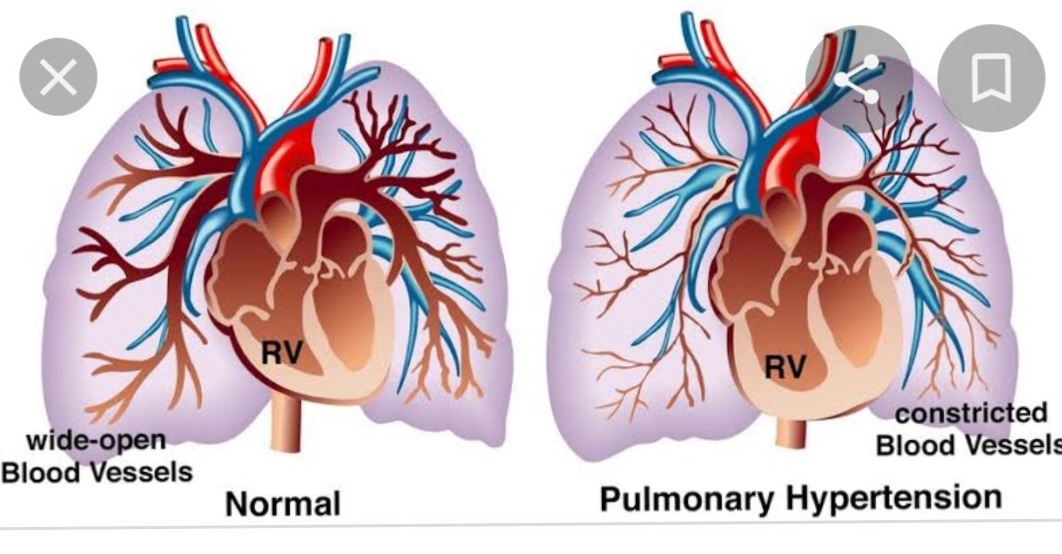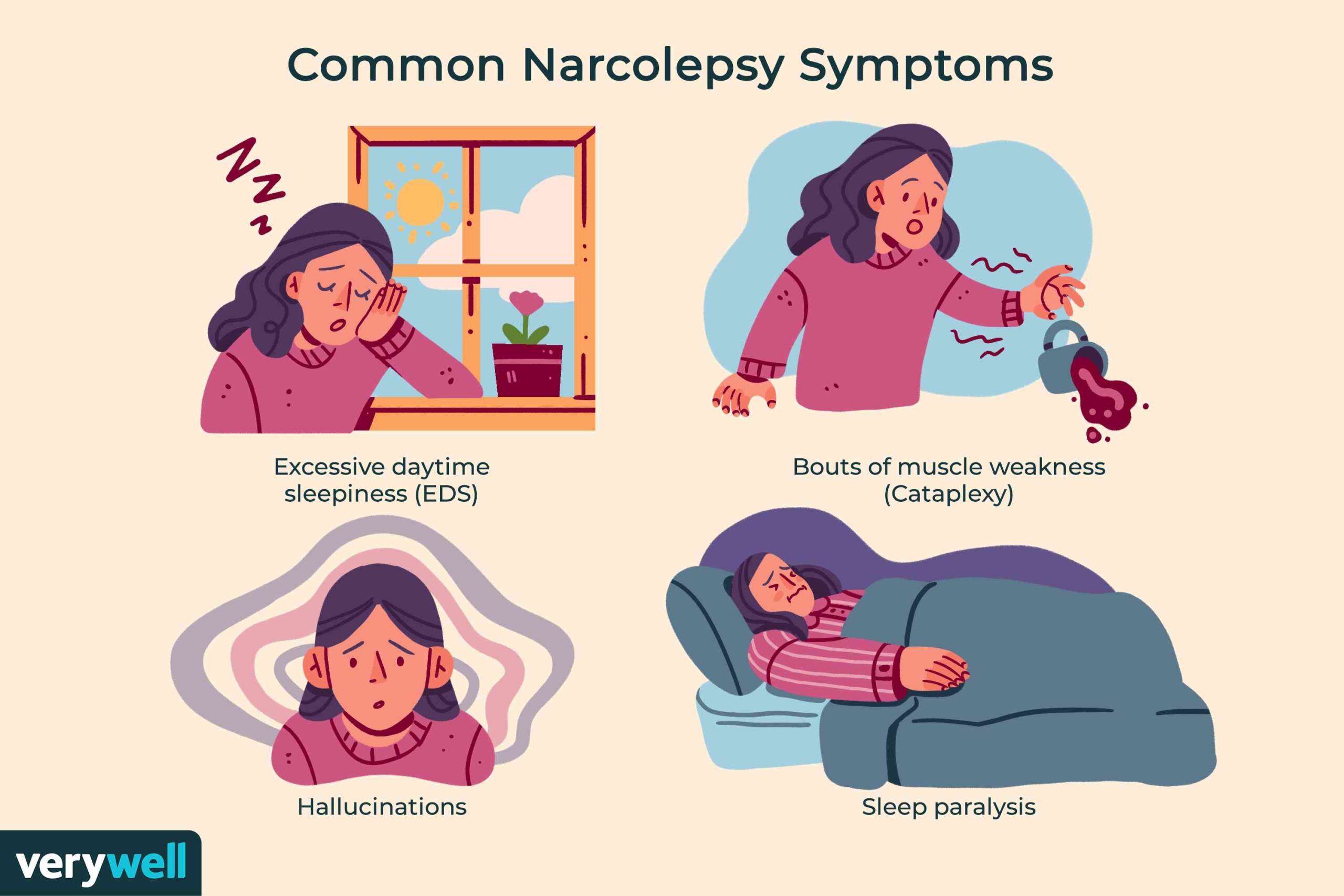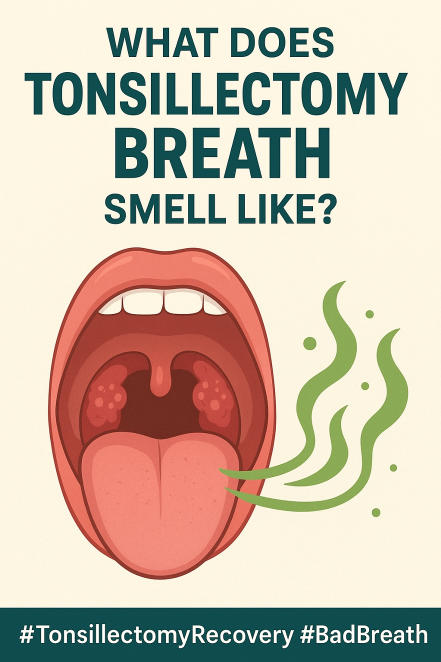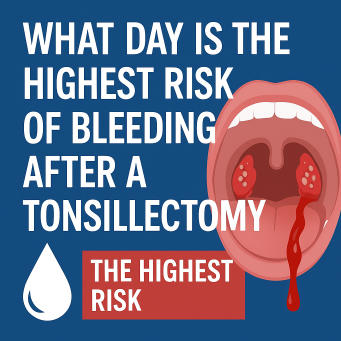Pulmonary Hypertension Treatment-various aspects-
Pulmonary hypertension is a long-term condition that cannot be cured, but treatments are available to help alleviate symptoms. Treatment options consist of medications, oxygen therapy, and various procedures.
Medications
Blood pressure medications: Angiotensin-converting enzyme inhibitors, beta blockers, or calcium channel blockers
Anticoagulants: Warfarin or other blood thinners used to prevent blood clots
Diuretics: Diuretic medications to eliminate excess fluid
Digoxin: Enhances the strength of heart muscle contractions and reduces heart rate
Endothelin receptor antagonists: Ambrisentan, bosentan, and macitentan
Phosphodiesterase-5 inhibitors: Sildenafil and tadalafil
Prostacyclin analogues: Epoprostenol, iloprost, and treprostinil
Soluble guanylate cyclase stimulators: Riociguat
Oxygen therapy
Breathing in air with a higher oxygen concentration than is typical
Procedures
Atrial septostomy: Establishes an opening between the upper left and right sections of the heart
Lung or heart-lung transplant: Might be suggested in certain situations
Other treatments
Pulmonary rehabilitation aimed at enhancing exercise endurance, muscle strength, and overall quality of life
Iron supplements to boost blood iron levels and address anemia
There is no known cure for pulmonary hypertension. However, treatment options exist to alleviate symptoms and extend life, as well as to prevent the condition from worsening. You may also receive treatments for any underlying health issues that could be contributing to pulmonary hypertension.
Finding the right treatment for pulmonary hypertension often requires time. The treatment options are frequently complicated. Typically, you will need numerous health checkups.
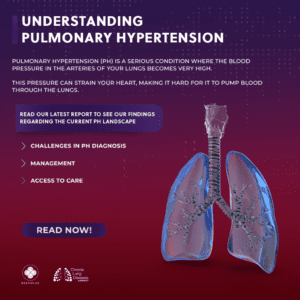

Medications
If you are diagnosed with pulmonary hypertension, you may be prescribed medications to manage your symptoms and improve your overall well-being. Medications might also be administered to address or prevent complications. Treatment may consist of:
Medications that relax blood vessels. Known as vasodilators, these medications assist in widening constricted blood vessels and enhancing blood circulation. These medications come in various forms. They may be inhaled, taken orally, or administered via IV. Certain types are provided continuously using a small pump connected to the body.
Examples of vasodilators for treating pulmonary hypertension include epoprostenol (Flolan, Veletr), treprostinil (Remodulin, Tyvaso, others), Iloprost (Ventavis), and selexipag (Uptravi).
Soluble guanylate cyclase (SGC) stimulators. This category of medication relaxes the pulmonary arteries and reduces pressure in the lungs. An example is riociguat (Adempas). These medications should not be taken if you are pregnant.
Medications that dilate blood vessels. Endothelin receptor antagonists are medications that counteract the effects of a substance in blood vessel walls that causes narrowing. Examples of such medications include bosentan (Tracleer), macitentan (Opsumit), and ambrisentan (Letairis). These may enhance energy levels and alleviate symptoms. Do not take these medications if you are pregnant.
Medications that boost blood flow. Phosphodiesterase 5 (PDE5) inhibitors are medications that may be utilized to enhance blood circulation in the lungs. These medications are also intended for treating erectile dysfunction. They include sildenafil (Revatio, Viagra) and tadalafil (Adcirca, Alyq, Cialis).
High-dose calcium channel blockers. These medications assist in relaxing the muscles found in blood vessel walls. They include amlodipine (Norvasc), diltiazem (Cardizem, Tiazac, others), and nifedipine (Procardia). While calcium channel blockers can be effective, only a small percentage of people with pulmonary hypertension show improvement while using them.
Blood thinners. Also referred to as anticoagulants, these medications help in preventing blood clots. An example is warfarin (Jantoven). Blood-thinning medications slow down the clotting process. These medications can heighten the risk of bleeding, particularly if you are undergoing surgery or a procedure that penetrates the body or creates an opening in the skin. Consult your health care team regarding your risk.
Digoxin (Lanoxin). This medication aids the heart in beating stronger and pumping more blood. It can assist in managing irregular heartbeats.
Diuretics, commonly known as water pills. These medications facilitate the kidneys in eliminating excess fluid from the body. This action lessens the workload on the heart. Diuretics may also be employed to alleviate fluid buildup in the lungs, legs, and abdominal area.
Oxygen therapy. In certain cases, inhaling pure oxygen is occasionally advised as a remedy for pulmonary hypertension. This therapy might be proposed if you reside at a high elevation or have sleep apnea. Some individuals with pulmonary hypertension require oxygen therapy consistently.
Surgery or other procedures
When medications fail to manage the symptoms of pulmonary hypertension, surgery may be suggested. Surgical interventions and procedures aimed at treating pulmonary hypertension could encompass:
Atrial septostomy. This intervention might be advised if medications fail to alleviate pulmonary hypertension symptoms. In an atrial septostomy, a physician forms an opening between the upper left and right chambers of the heart. The opening alleviates the pressure on the right side of the heart. Possible complications include irregular heart rhythms known as arrhythmias.
Lung or heart-lung transplant. Occasionally, a lung or heart-lung transplant may be necessary, particularly for younger individuals with idiopathic pulmonary arterial hypertension. Following a transplant, medication must be administered for life to help diminish the risk of rejection.
Pulmonary hypertension cannot be cured, but therapies can alleviate your symptoms and assist you in managing your condition.
If the underlying cause is recognized and addressed promptly, it may be feasible to avert permanent injury to your pulmonary arteries, which are the vessels supplying blood to your lungs.
Treating underlying conditions
If pulmonary hypertension arises from another issue, like a heart or lung condition, treatments will concentrate on that underlying issue.
If pulmonary hypertension is due to blood clots obstructing the pulmonary arteries, you may be prescribed anticoagulant medications to prevent additional clots from forming.
You might also be presented with a procedure known as a pulmonary endarterectomy.
Treatments for pulmonary hypertension
Numerous treatments exist for pulmonary hypertension. The specific treatment or combination of treatments that you will receive will be determined by several factors, including the type of pulmonary hypertension you have, the underlying cause, and the severity of your symptoms.
Treatments include:
anticoagulant medications – such as warfarin to help prevent blood clots
diuretics (water pills) – to eliminate excess fluid from the body due to heart failure
home oxygen therapy – this involves breathing in air that has a higher concentration of oxygen than usual
digoxin – this can alleviate your symptoms by enhancing your heart muscle contractions and decreasing your heart rate
There are also several specialized treatments for pulmonary hypertension that assist in relaxing the arteries in the lungs and lowering the blood pressure in the lungs.
These medications may slow down the progression of pulmonary hypertension, and may assist in managing or alleviating the symptoms.
Other treatments that are occasionally utilized include:
endothelin receptor antagonists – such as bosentan, ambrisentan, and macitentan
phosphodiesterase 5 inhibitors – sildenafil and tadalafil
prostaglandins – epoprostenol, iloprost, and treprostinil
soluble guanylate cyclase stimulators – such as riociguat
calcium channel blockers – nifedipine, diltiazem, nicardipine, and amlodipine
Surgery and procedures for pulmonary hypertension
Some individuals with pulmonary hypertension might require surgical intervention. The varieties of surgery currently employed are:
pulmonary endarterectomy – a surgical procedure designed to eliminate old blood clots from the pulmonary arteries within the lungs for individuals with chronic thromboembolic pulmonary hypertension.
balloon pulmonary angioplasty – an innovative procedure in which a small balloon is navigated into the arteries and inflated momentarily to displace the blockage and restore blood flow to the lungs; it may be considered if pulmonary endarterectomy is inappropriate, and it has been demonstrated to decrease blood pressure in the pulmonary arteries, enhance breathing, and boost exercise capacity.
atrial septostomy – a minor opening is created in the wall separating the left and right atria of the heart using a cardiac catheter, which is a slender, flexible tube inserted into the chambers or blood vessels of the heart; it alleviates pressure on the right side of the heart, allowing the heart to function more effectively and improving blood flow to the lungs.
transplant – in critical situations, a lung transplant or a heart-lung transplant may be necessary; this surgical option is infrequently utilized due to the availability of effective medications.
Pulmonary Hypertension Association India
The Pulmonary Hypertension Association India is a charity for individuals with pulmonary hypertension.
The website offers additional information and guidance regarding all facets of the condition, encompassing living with pulmonary hypertension, as well as support for relatives and friends.

